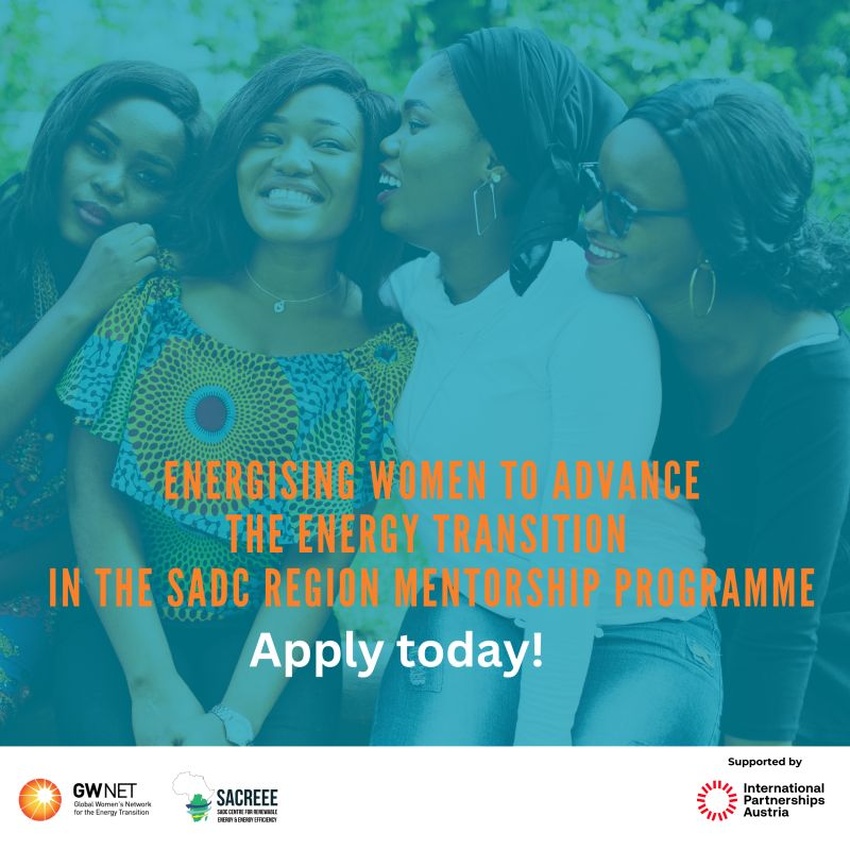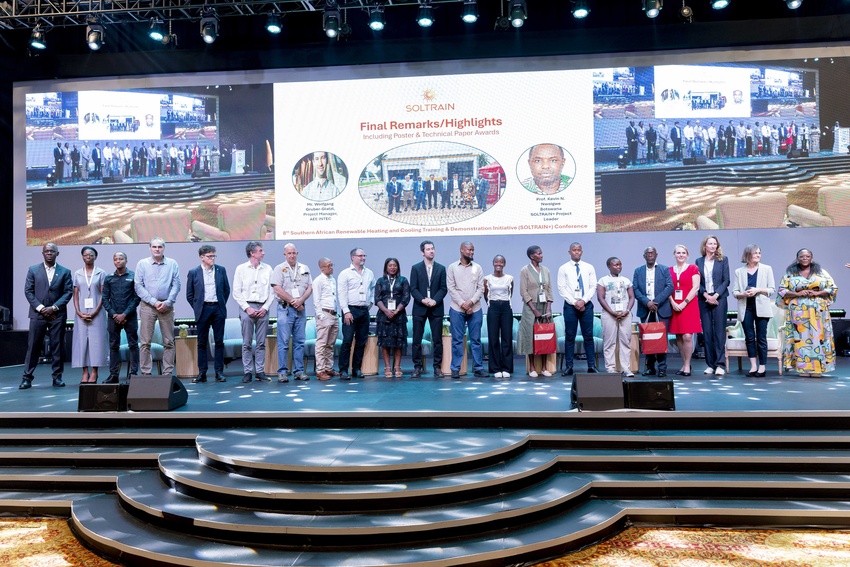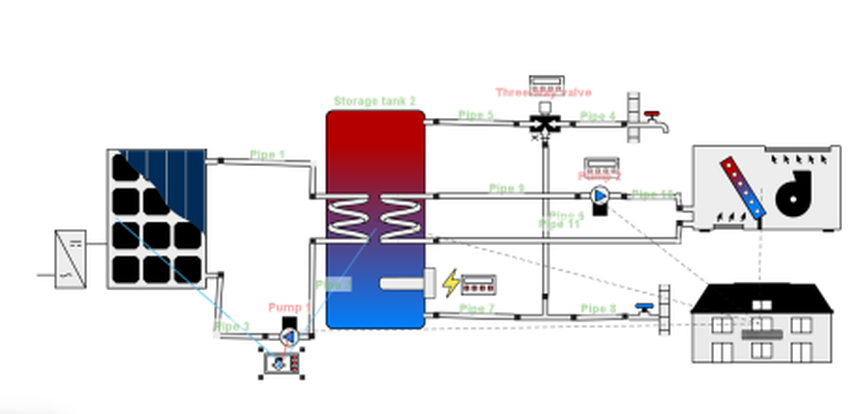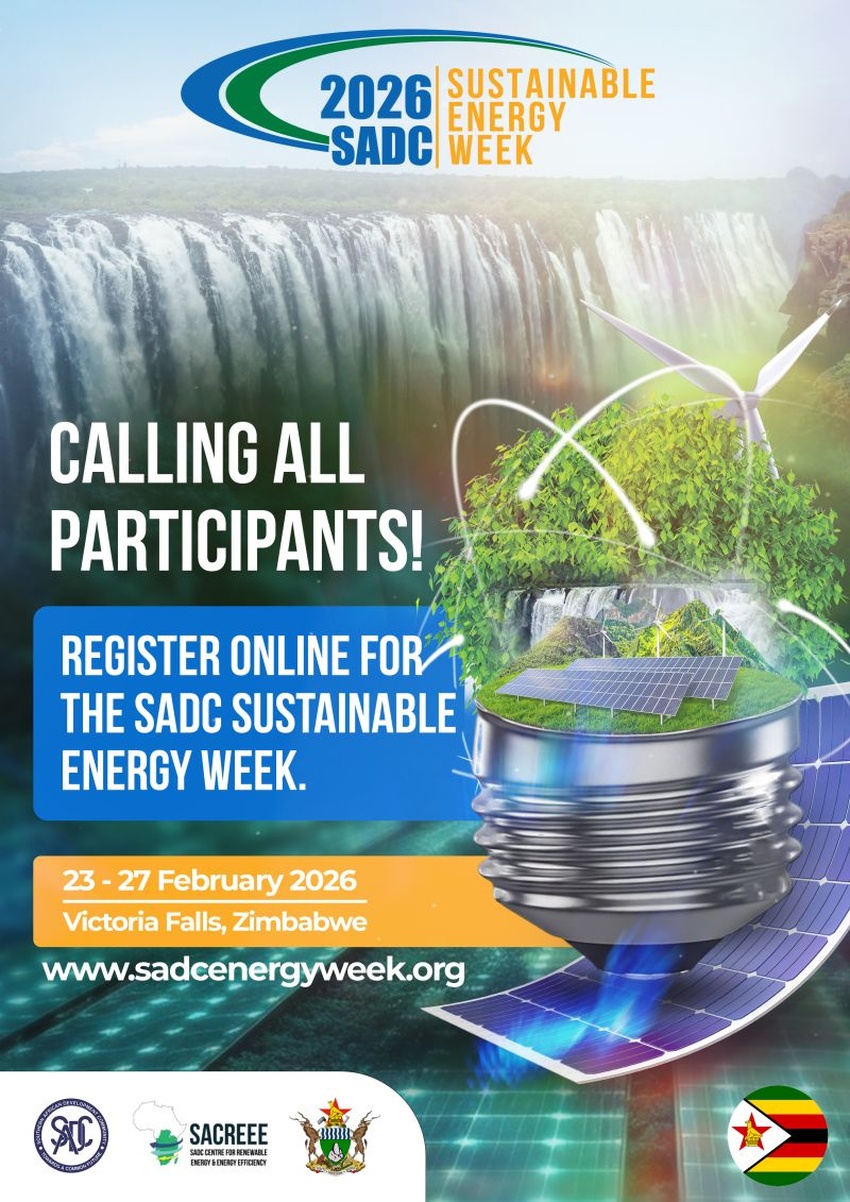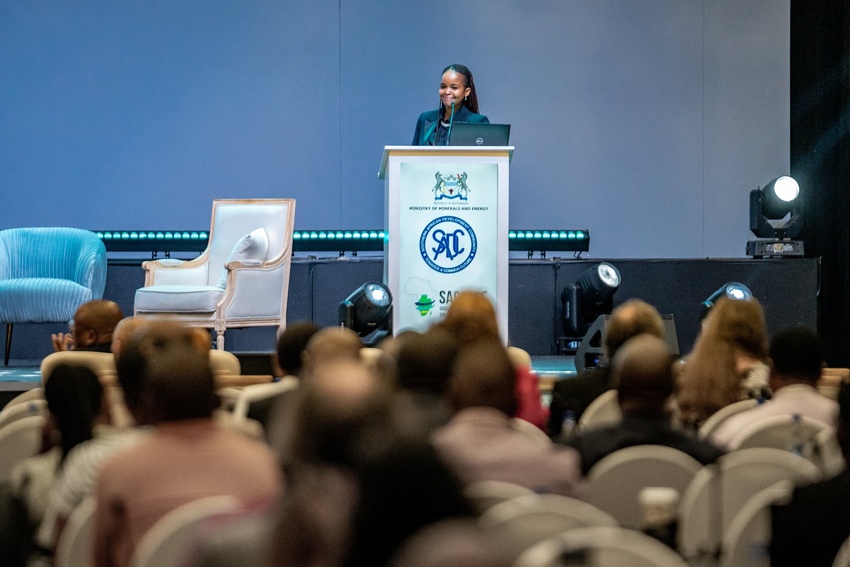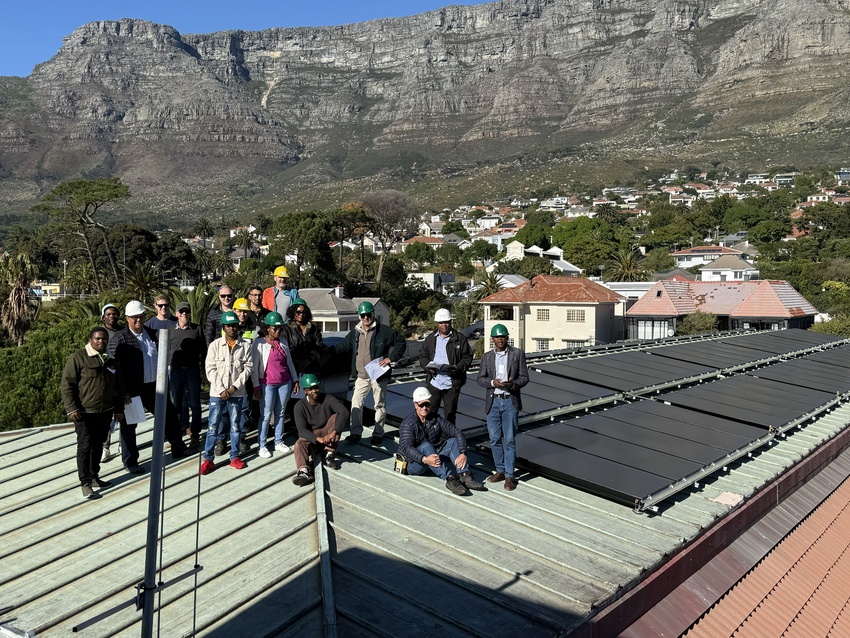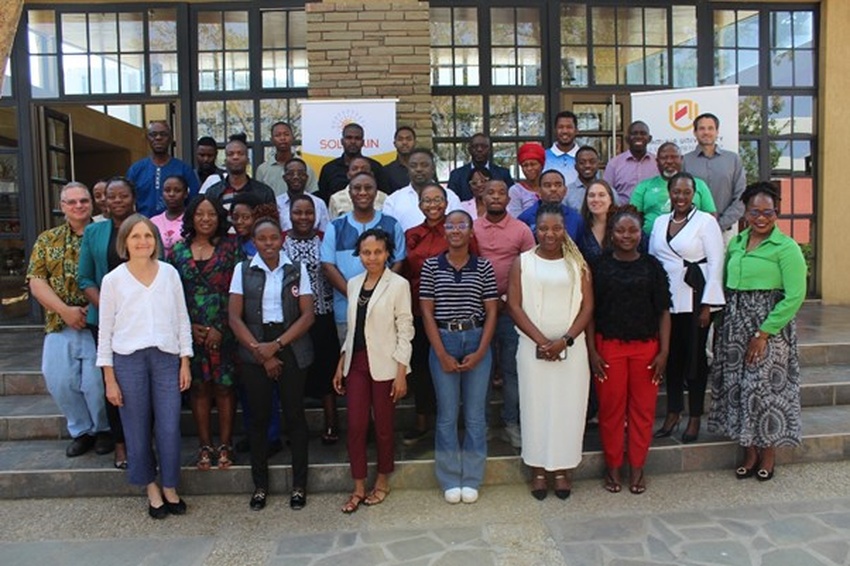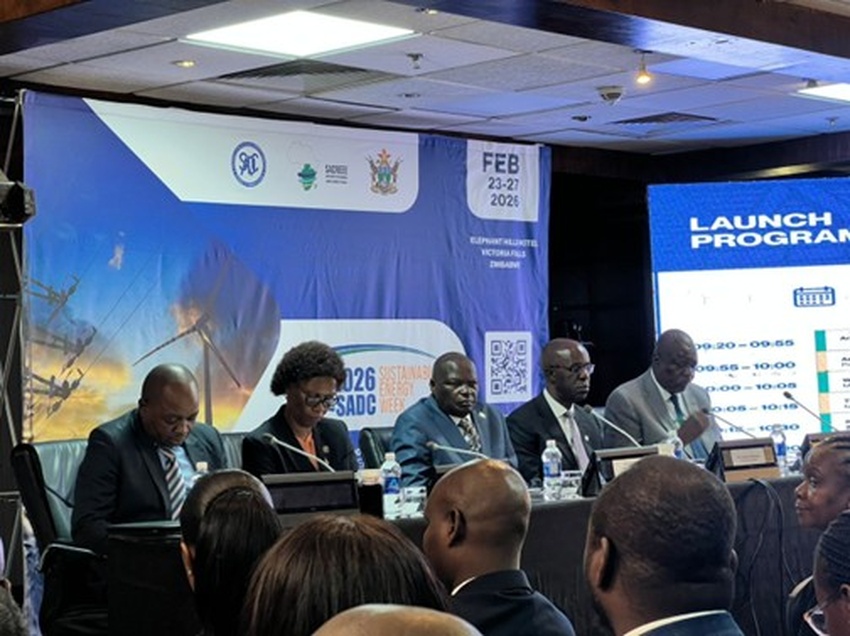A tribute to Dr. Anton Schwarzlmueller in Zimbabwe
Submitted by Ivan YaholnitskyPublished 8 years, 1 month ago
This month’s submission to the Soltrain Newsletter from BBCDC, pays tribute to the work of Dr. Anton Schwarzlmueller in Zimbabwe. One of the great achievements of the SOLTRAIN program is the sharing of ideas and cross fertilization of experience. At one of the first presentations of SOLTRAIN II in Lesotho, Werner Weiss introduced some of the low cost institutional systems that were built by Tony and his team in Zimbabwe.
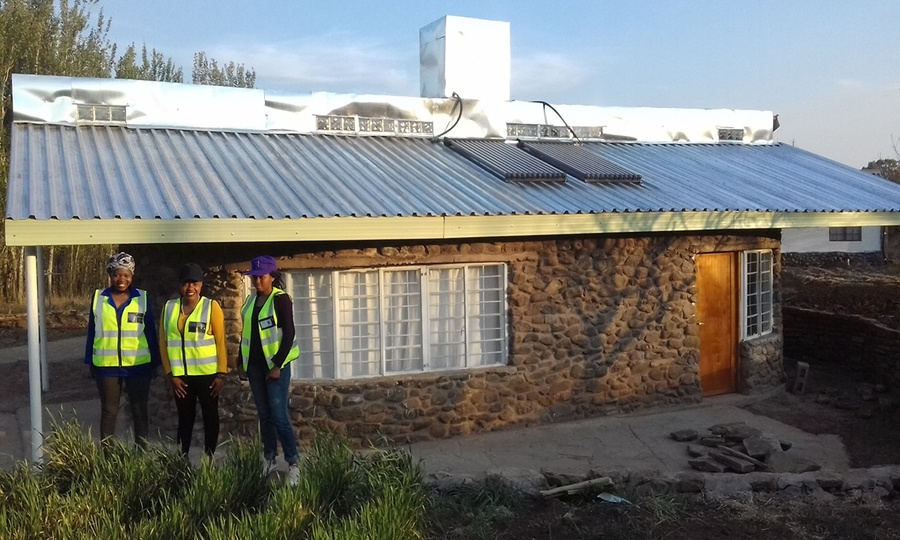
When I saw Tony’s systems, they immediately drew my interest, because of the low cost, bulk supply models they developed for schools and institutions. In Lesotho, we are in the same position of needing low-cost solutions, that include some local manufacturing and doing what you can with local materials and components. It took us some years, but I wanted to demonstrate for myself and at BBCDC, that system’s like Tony’s can work and are appropriate for the African context.
In 2017 we finally installed a system inspired directly by the work of Dr. Schwarzlmueller. BBCDC operates a lodge on its campus and in response to increased demand for bookings and accommodation, we renovated a house previously damaged by fire. A new roof was installed to provide extra sleeping space and two new guest flats were constructed and fitted with new bathrooms and plumbing. We needed hot water and this provided an opportunity to design and build a system like Tony’s in Zimbabwe.
We purchased two commercial evacuated glass tube collectors with heat pipes and then constructed a low pressure solar water heating system with a 500 litre plastic tank. A simple float valve is used to fill the tank and maintain low pressure in the water volume. The elevation of the tank and a good volume ensures adequate pressure at the shower heads.
A young German engineering intern by the name of Malte Schien came to BBCDC in June 2017 for a 6 month academic attachment for his degree, and assisting with this task was one of his first assignments. The system came together well and is working properly. We were stumped for a few days by reverse thermo-syphoning across the horizontal manifold which we could not explain at first. It seemed that nocturnal cooling of the un-insulated storage tank created an unexpected stratification of cold and hot water in the tank, which would reverse the thermo syphon from the previous day.
All of us learned something, and finally, modification of the flow lines from the tank to the manifold eliminated the problem, along with insulation and covering of the storage tank. In the end the system is producing plenty of hot water, and we were able to build a 500 litre solar water heating system for a relatively low cost. Many of our students were up on the roof with us, and as an educator, I am happiest not to give them answers, but to allow them the opportunity of figuring it out for themselves. This is the best development outcome. After seeing presentations about Tony’s work in Zimbabwe, I scratched my head and found our own solution. The premise of the SDGs is local agency and selfsufficiency; so be it for our students.
There are numerous boarding schools in Lesotho because of the dispersed nature of the population, especially at secondary level. A pressing technical and health imperative is installation of low cost bulk solar water heating solutions for large populations of boarding students. What is needed for showering is a large volume of warm but not necessarily hot water. Developers, technicians, plumbing firms and administrators can get with it as we did. Thanks haholo Tony.
